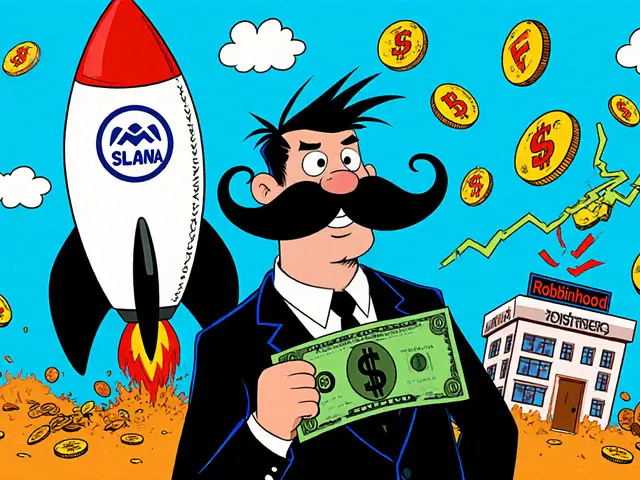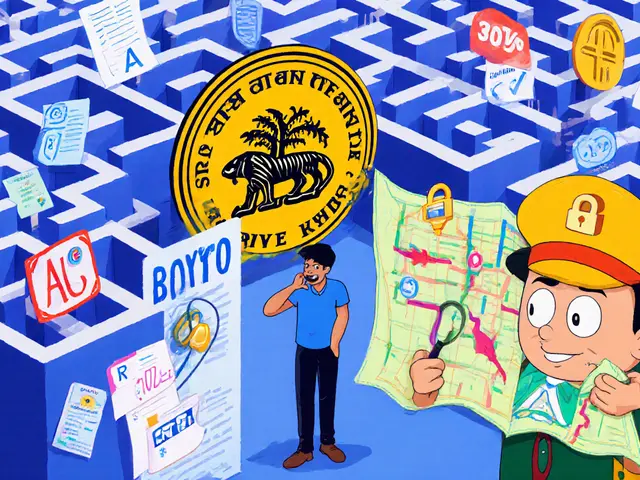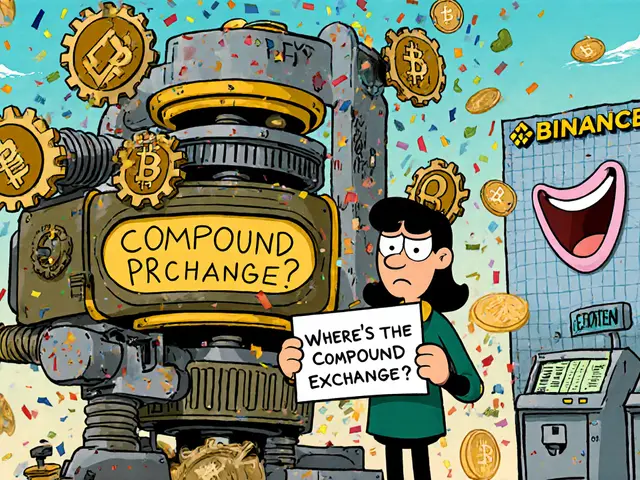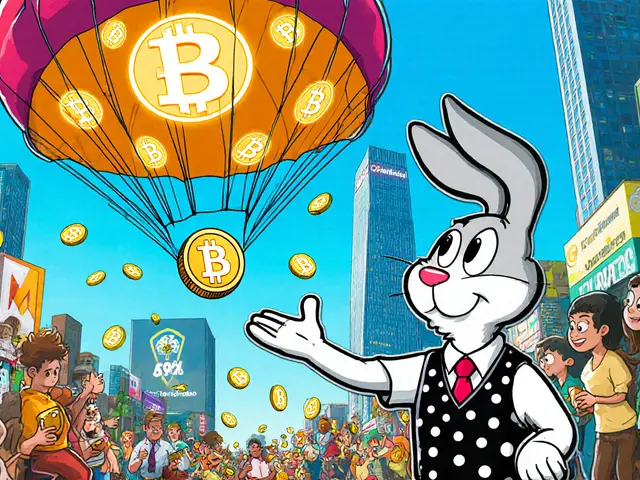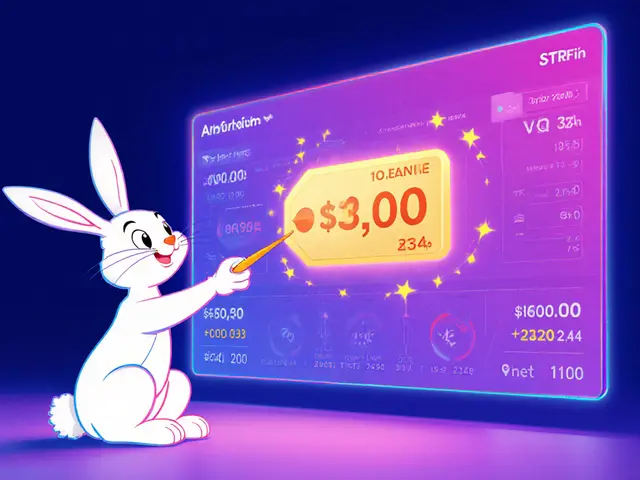
LQDR Yield Calculator
Estimate your potential earnings from providing liquidity on SushiSwap with LiquidDriver (LQDR) rewards. Enter your liquidity amount and select a pool to calculate projected daily and annual returns.
Estimated Returns
Based on current daily and annual yield rates:
- Daily Return $0.00
- Weekly Return $0.00
- Monthly Return $0.00
- Annual Return (APY) 0%
Key Takeaways
- LiquidDriver (LQDR) is a DeFi yield‑optimizing token built on the Fantom network.
- It rewards liquidity providers on SushiSwap with extra LQDR tokens.
- Price data is wildly inconsistent and trading volume is extremely low.
- The project shows little recent development activity, making it high‑risk.
- Investors should treat LQDR as a speculative asset that could become illiquid.
What is LiquidDriver (LQDR)?
When you hear the name LiquidDriver (LQDR) is a decentralized finance (DeFi) token that aims to boost the returns of liquidity providers on the SushiSwap exchange while running on the Fantom blockchain. Launched in early 2022, the protocol markets itself as a “high‑yield liquidity mining DApp” that layers extra rewards on top of the standard SushiSwap incentives.
In plain terms, you deposit a pair of assets (for example FTM/USDC) into SushiSwap’s liquidity pool, earn the usual swap fees, and then LiquidDriver automatically distributes additional LQDR tokens to your address. The idea is to turn a regular LP position into a compounded yield farm without needing to manually stake or claim rewards on multiple platforms.
How LQDR Works on Fantom and SushiSwap
To understand the mechanics, look at three core parts: the Fantom blockchain, the SushiSwap DEX, and the LiquidDriver smart contracts.
Fantom is an EVM‑compatible layer‑1 network known for fast finality (about 1‑second block times) and near‑zero transaction fees. Those low fees let small‑scale users provide liquidity without getting eaten by gas costs, a common pain point on Ethereum.
SushiSwap is a decentralized exchange that operates on multiple blockchains, including Fantom, offering automated market maker (AMM) liquidity pools. Liquidity providers (LPs) earn a share of the trading fees proportional to their stake in a pool.
LiquidDriver’s contracts sit between you and SushiSwap. After you add liquidity on SushiSwap, you “opt‑in” to the LiquidDriver pool. The protocol then tracks the LP position, calculates the extra reward rate (often expressed as a percentage of the LP’s share), and mints LQDR tokens directly to your wallet. This extra layer is sometimes called a “reward aggregator” because it consolidates multiple incentive streams into one token.
Tokenomics & Yield Mechanics
The LQDR token has a fixed maximum supply of 100million tokens. Around 70% of that supply was allocated to liquidity mining rewards, 15% to the development treasury, and the remaining 15% to the team and advisors (subject to a multi‑year vesting schedule).
Yield rates vary by pool. For popular pairs like FTM/USDC, the protocol may offer an annual percentage yield (APY) of 150‑200% when you count both swap fees and LQDR rewards. Less‑traded pairs see lower APYs, sometimes dipping below 30% because the reward allocation is spread across all participating LPs.
Rewards are distributed daily via a snapshot of each LP’s stake. The smart contract automatically calculates each user’s share based on the total weighted liquidity and mints the appropriate amount of LQDR. Users can claim their LQDR at any time, but most choose to reinvest, compounding the yield over weeks or months.
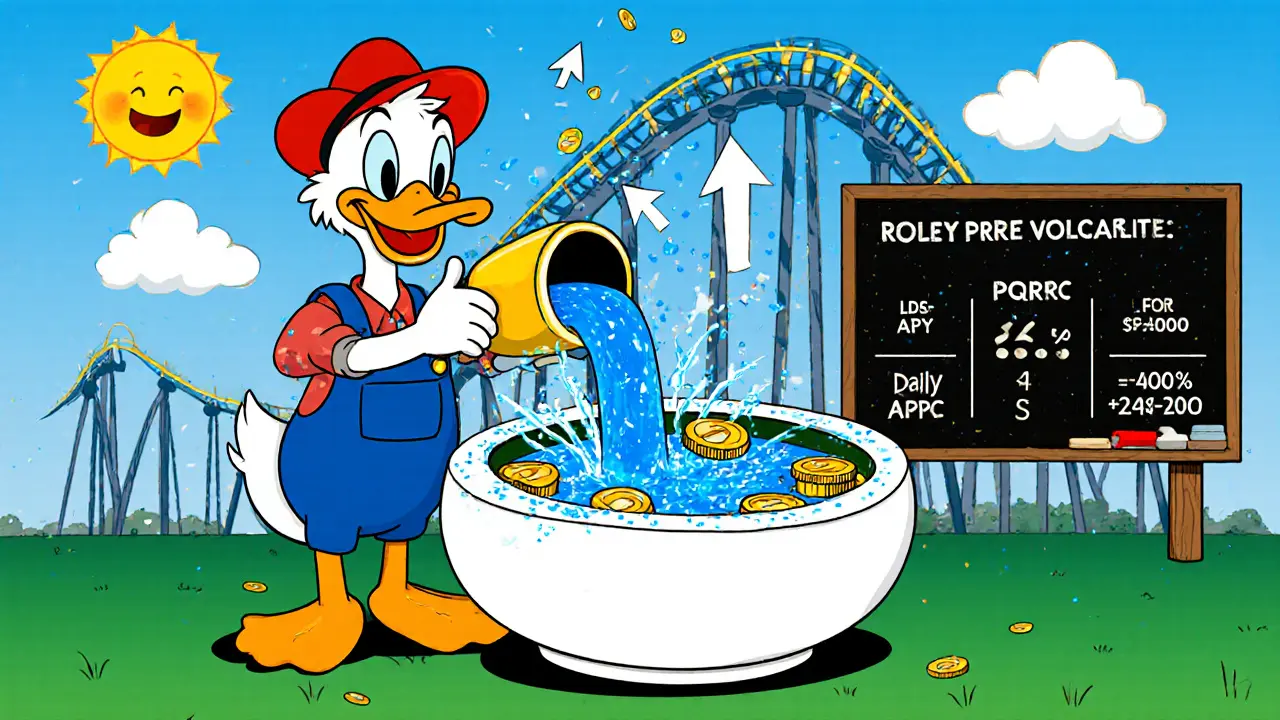
Price History, Volatility and Current Market Data
Like many low‑cap DeFi tokens, LQDR’s price has been a roller‑coaster. The all‑time high hit $19.49 in early 2023 during a DeFi boom, then crashed to a low of $0.254 later that year. Over the last 52 weeks the token has bounced between $0.254 and $7.70, while the most recent 30‑day window (as of October2025) shows prices ranging from $0.96 to $2.07.
Tracking platforms disagree on the current price. LiveCoinWatch lists LQDR at roughly $0.232, CoinMarketCap shows $0.021, and Kriptomat reports about $0.229. The discrepancy stems from fragmented liquidity and a handful of tiny DEX listings that feed different price oracles.
Trading volume is alarmingly low. CoinGecko records a 24‑hour volume of just $2, indicating a 98% drop from the day before. Such thin volume means even a modest trade can move the price dramatically, creating slippage that would be unacceptable for larger investors.
Liquidity, Trading Volume and Practical Issues
Low liquidity creates three concrete problems for anyone looking to buy or sell LQDR:
- Price slippage: A purchase of a few thousand dollars can push the market price up by 10‑15% in a single transaction.
- Order execution risk: Some DEX routers may fail to find a route, causing the transaction to revert.
- Unreliable price feeds: Aggregators that rely on median prices across exchanges may display outdated or wildly inaccurate numbers.
For these reasons, the token is generally only suitable for small‑scale experimentation or for LPs who are already earning swap fees on SushiSwap and merely want the extra LQDR boost.
Community, Roadmap and Development Activity
The project’s official Twitter handle (@LiquidDriver) still posts occasional updates, but the last major announcement dates back to mid‑2023. The Telegram channel shows a handful of active members, yet the overall chatter is sparse compared to more vibrant DeFi communities.
There is no publicly shared roadmap beyond “maintain current pools and explore cross‑chain integrations”. No new features, audits, or partnership announcements have surfaced in 2024 or 2025, suggesting the team may have shifted focus or is operating in a low‑key maintenance mode.
Risks and Investment Considerations
Investing in LQDR carries several red flags:
- Liquidity risk: With daily volume in the single dollars, exiting a position can be costly.
- Price data inconsistency: Conflicting price feeds make it hard to assess real‑time value.
- Development stagnation: Lack of recent updates hints at possible abandonment.
- Competitive pressure: Platforms like Yearn Finance, Convex Finance, and newer Fantom-native yield optimizers offer larger pools and stronger community backing.
- Regulatory uncertainty: DeFi tokens remain vulnerable to future regulatory crackdowns, especially those that incentivize liquidity mining.
Given these factors, LQDR should be treated as a speculative, high‑risk asset. Only allocate money you can afford to lose, and consider keeping exposure low - perhaps a few dollars’ worth within a broader DeFi portfolio.
How LQDR Stacks Up Against Other Yield Optimizers
| Feature | LiquidDriver (LQDR) | Yearn Finance | Convex Finance |
|---|---|---|---|
| Primary Chain | Fantom | Ethereum (layer‑2 support) | Ethereum (layer‑2 support) |
| Integration | SushiSwap AMM | Multiple DEXes (Curve, Uniswap) | Curve + custom vaults |
| Token Incentive | LQDR (extra reward) | YFI / vYFI | CVX |
| TVL (approx.) | $2‑3M | $4‑5B | $1‑2B |
| 24‑hr Volume | $2 | $200M+ | $50M+ |
| Community Size | Few hundred active members | Hundreds of thousands | Hundreds of thousands |
| Development Activity (2024‑2025) | Minimal / maintenance mode | Active upgrades, audits | Active upgrades, new pools |
The table makes it clear why LQDR struggles to compete: smaller TVL, negligible volume, and a thin community. If you need deep liquidity or robust security audits, the bigger players are safer bets.
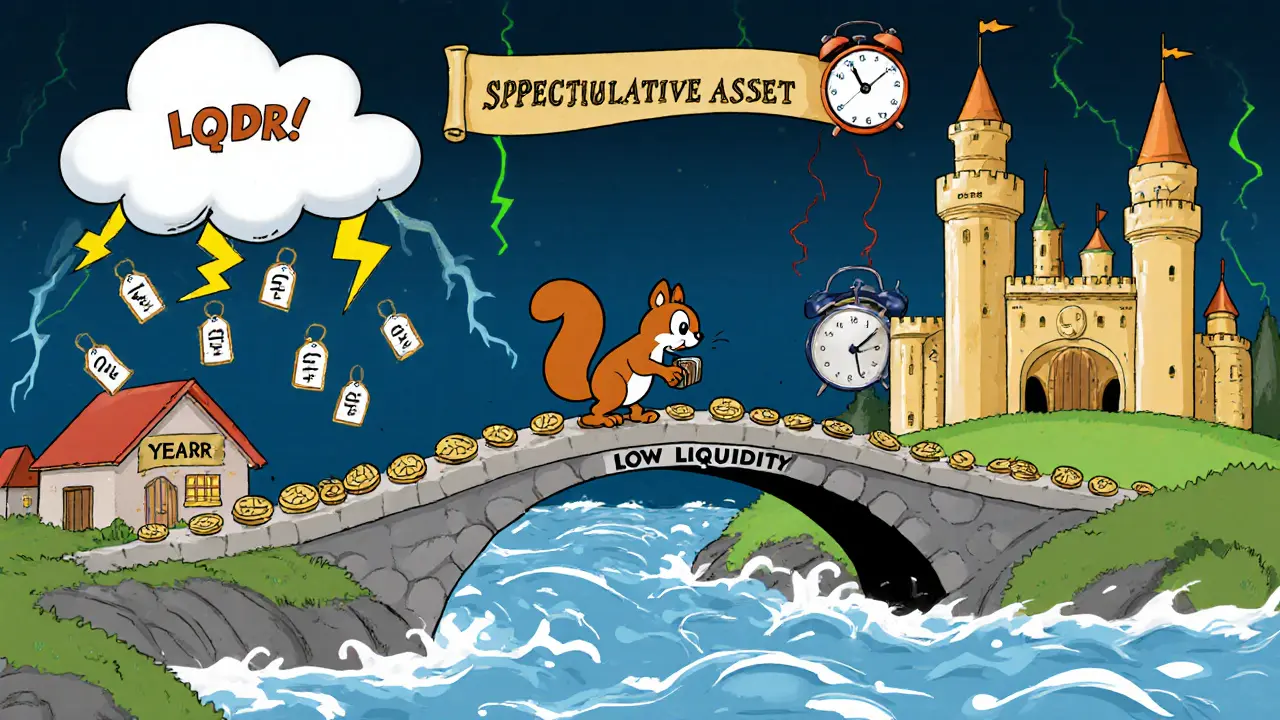
Frequently Asked Questions
What blockchain does LiquidDriver run on?
LiquidDriver is built on the Fantom blockchain, which offers fast transaction finality and very low fees compared to Ethereum.
How do I earn LQDR tokens?
Add liquidity to a SushiSwap pool on Fantom, then opt‑in to the LiquidDriver reward program. The protocol will automatically mint LQDR tokens to your wallet based on your share of the pool.
Is LQDR a good long‑term investment?
Because of extremely low liquidity, volatile price data, and minimal development updates, LQDR is considered a high‑risk speculative asset. Only allocate funds you can afford to lose.
Where can I trade LQDR?
LQDR mainly trades on Fantom‑based DEXes like SushiSwap and a few smaller aggregators. Centralized exchanges rarely list the token due to its low market cap.
What are the main risks of providing liquidity to LQDR pools?
Risks include impermanent loss, slippage from tiny trading volume, and the possibility that the reward contract could become inactive if the team stops maintaining it.

